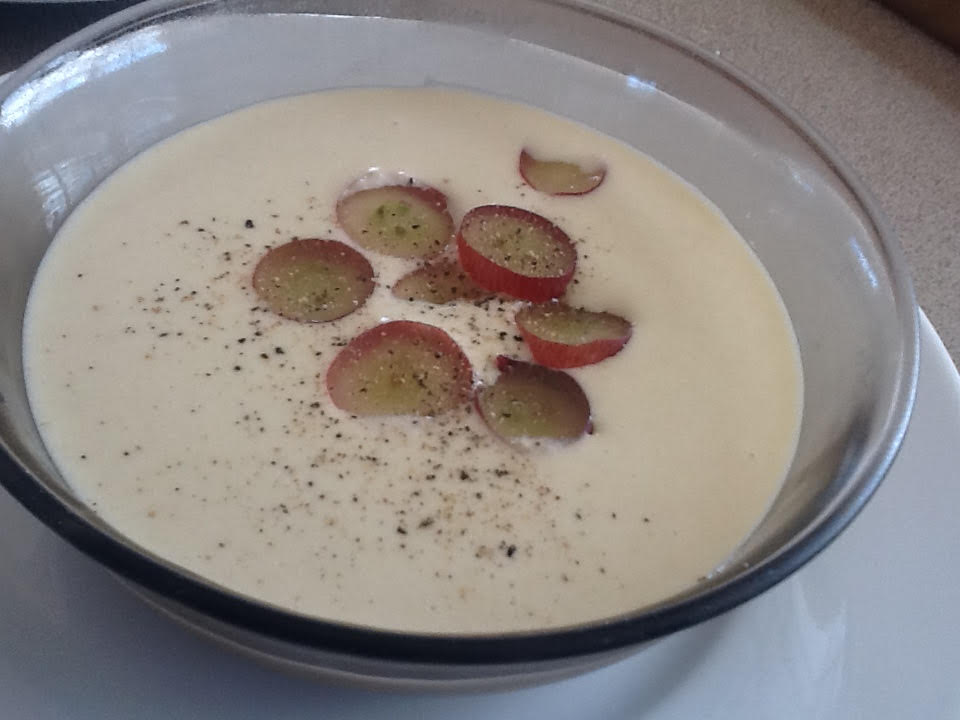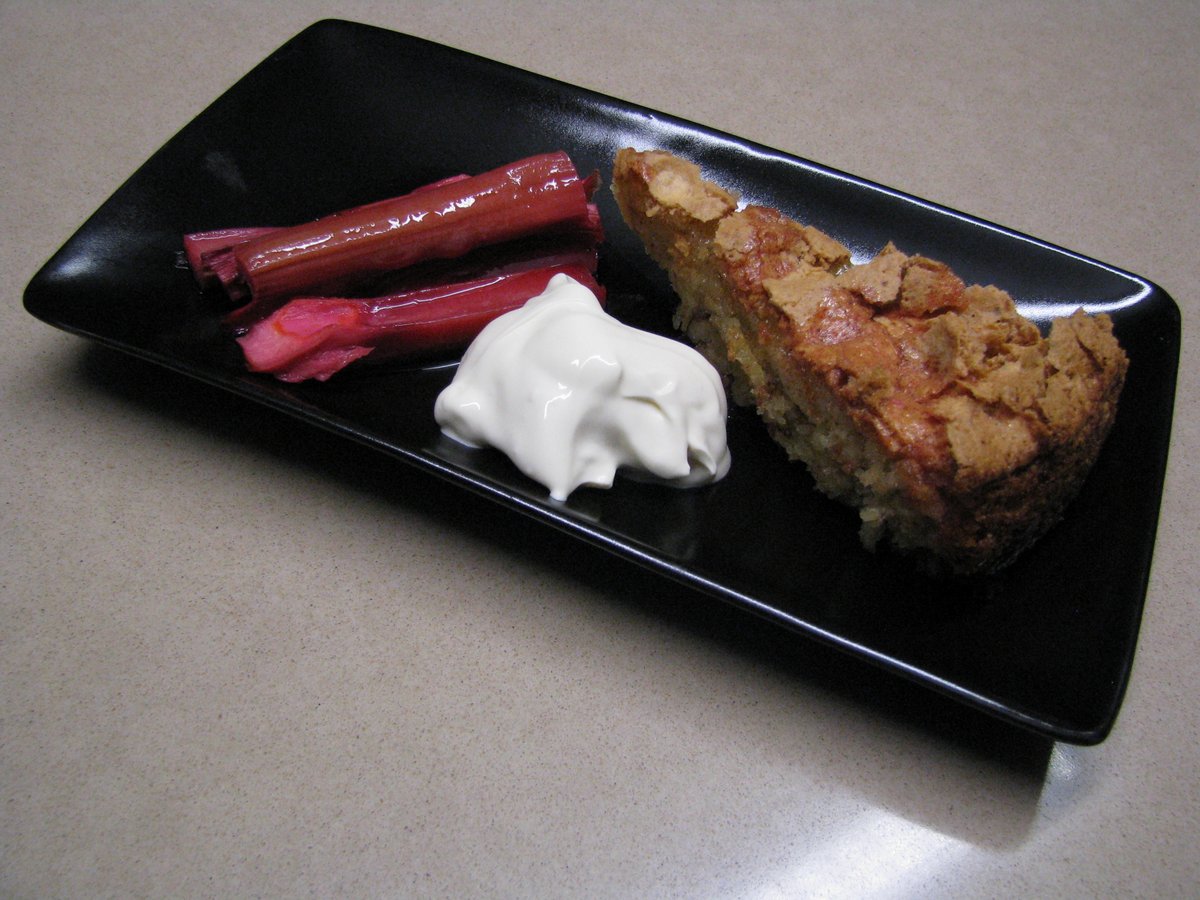As I ate this salad I thought of my brother, who has been a vegan for the past few years. It’s one of the most delicious vegetarian dishes I’ve eaten in a long time.
If you’ve never tried frying canned chickpeas give it a try – it elevates them to a whole new level. Instead of the zucchini you could use broccoli, cauliflower, green beans or snow peas.
The recipe serves two as a light main course or four as a side dish, accompanied by grilled chicken or steak. It would also go well with barbecued lamb. To bulk up the salad to serve more people place a layer of rocket or other salad leaves, lightly dressed with vinaigrette over the base of the serving dish, then pile the salad on top.
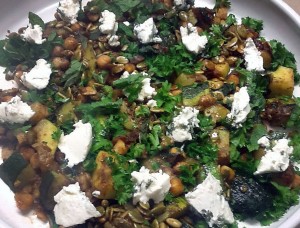 3 Tbs olive oil
3 Tbs olive oil
3-4 zucchinis (courgettes) cut into 2cm chunks
1 can chick peas, rinsed, drained and dried with paper towel
3 cloves garlic, thinly sliced
2 Tbs balsamic vinegar (see note)
1 tsp coriander seeds
½ tsp cumin seeds
½ cup pepitas (shelled pumpkin seeds)
Salt and freshly ground black pepper
2 handfuls chopped fresh mint
2 handfuls chopped fresh parsley
100g marinated goat’s cheese or feta cheese
Heat about half the oil in a frying pan and cook the zucchini, chick peas and garlic for 5-8 minutes or until softening and browning a bit. Add salt, pepper and the vinegar and continue to cook, stirring for a minute or so. Scrape out into a serving dish. In a mortar and pestle, crush the seeds. Wipe out the pan and add the remaining oil. Add the pepitas and the crushed seeds and cook, stirring for 2-3 minutes or until the pepitas are starting to change colour and the pan smells fragrant. Add to the zucchini in the serving dish and mix gently. Top with the herbs and cheese and serve while still warm.
Serves 2 as a light main course
Note: I used caramelised balsamic vinegar which is a bit sweeter

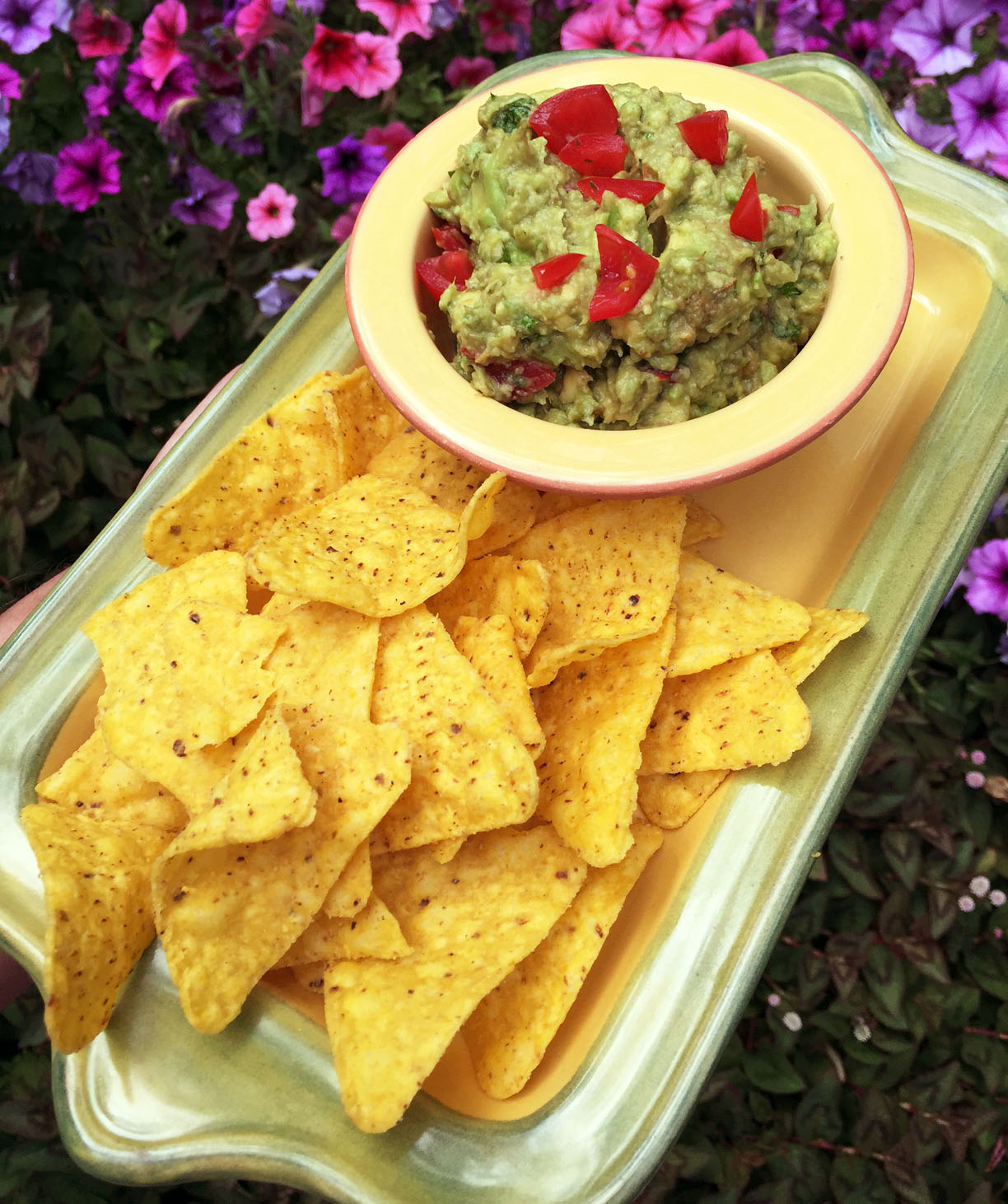

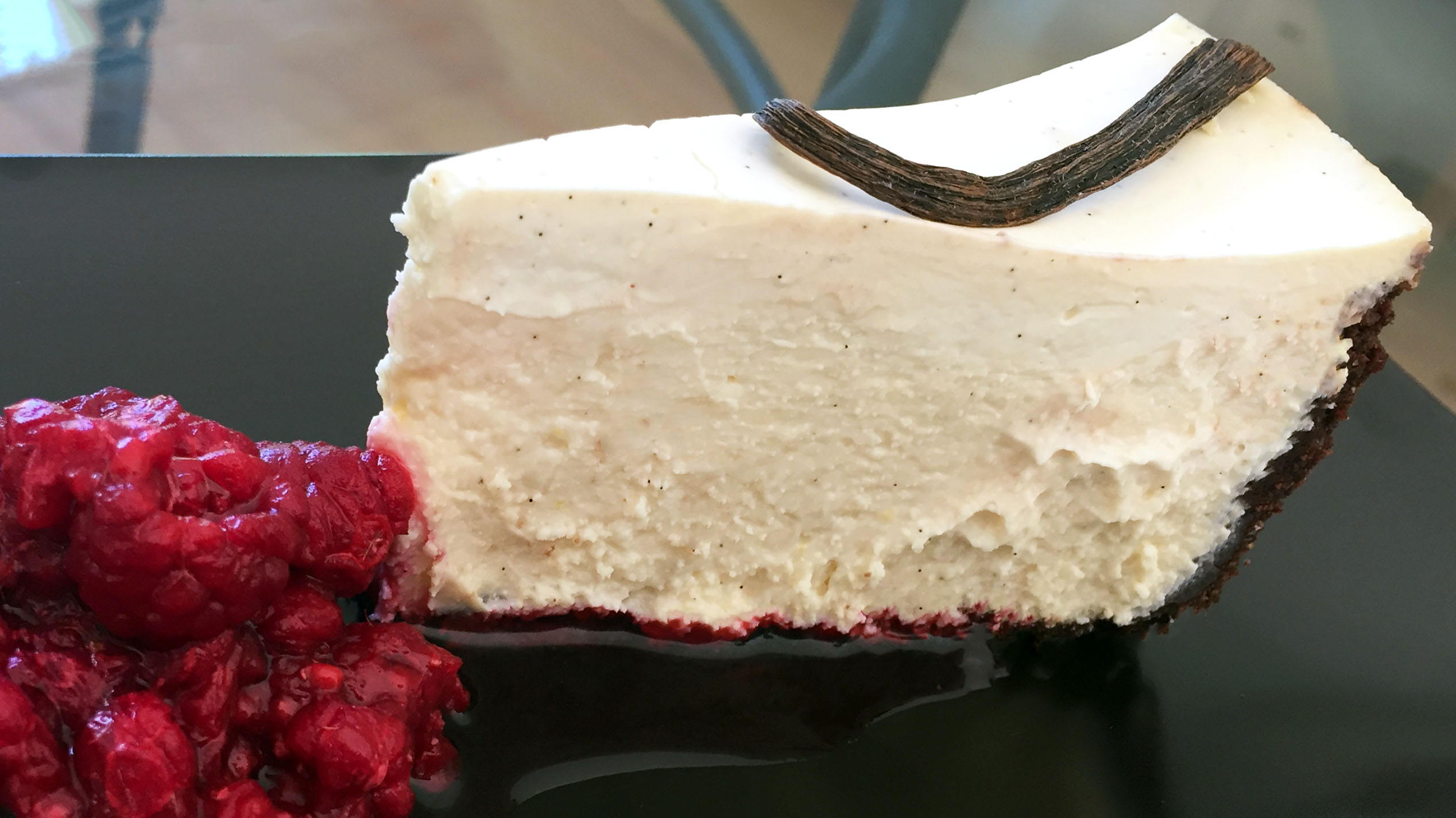

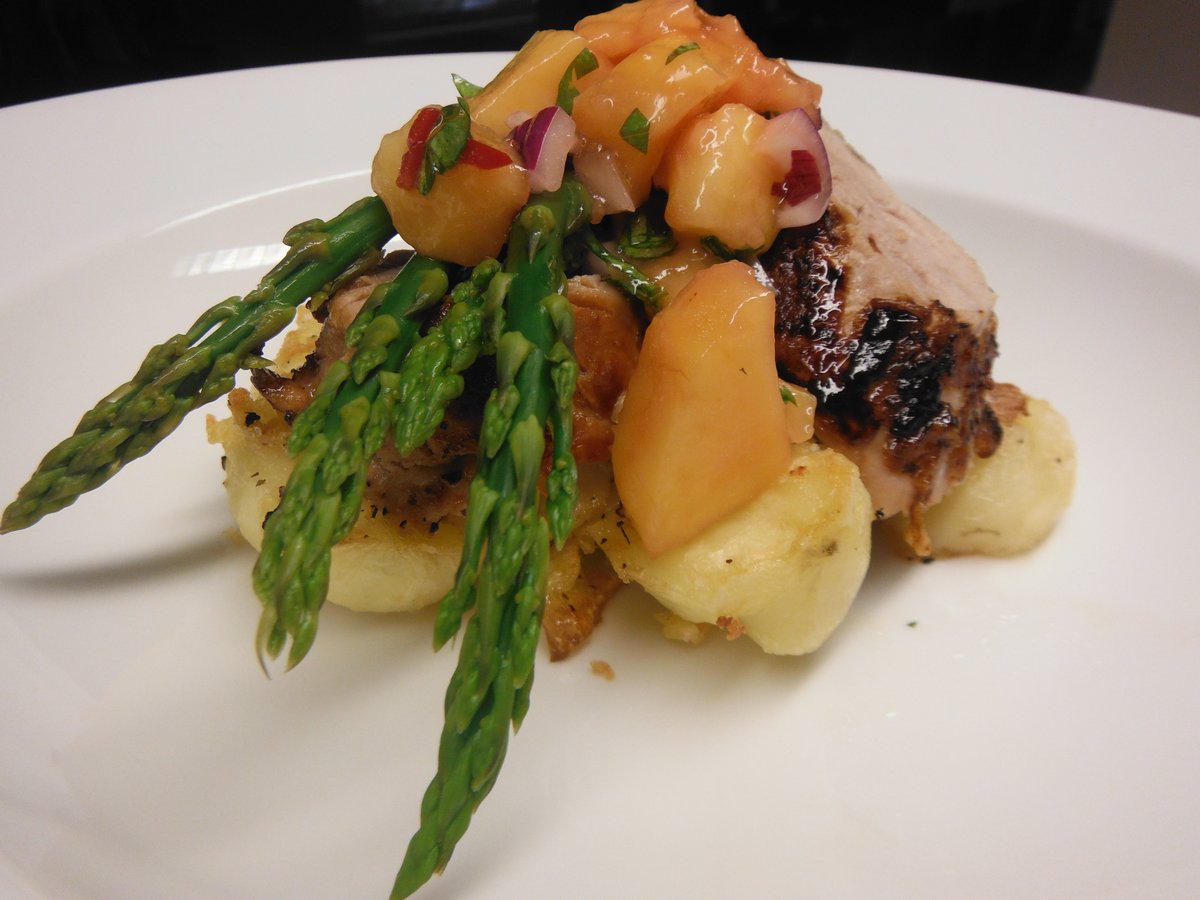
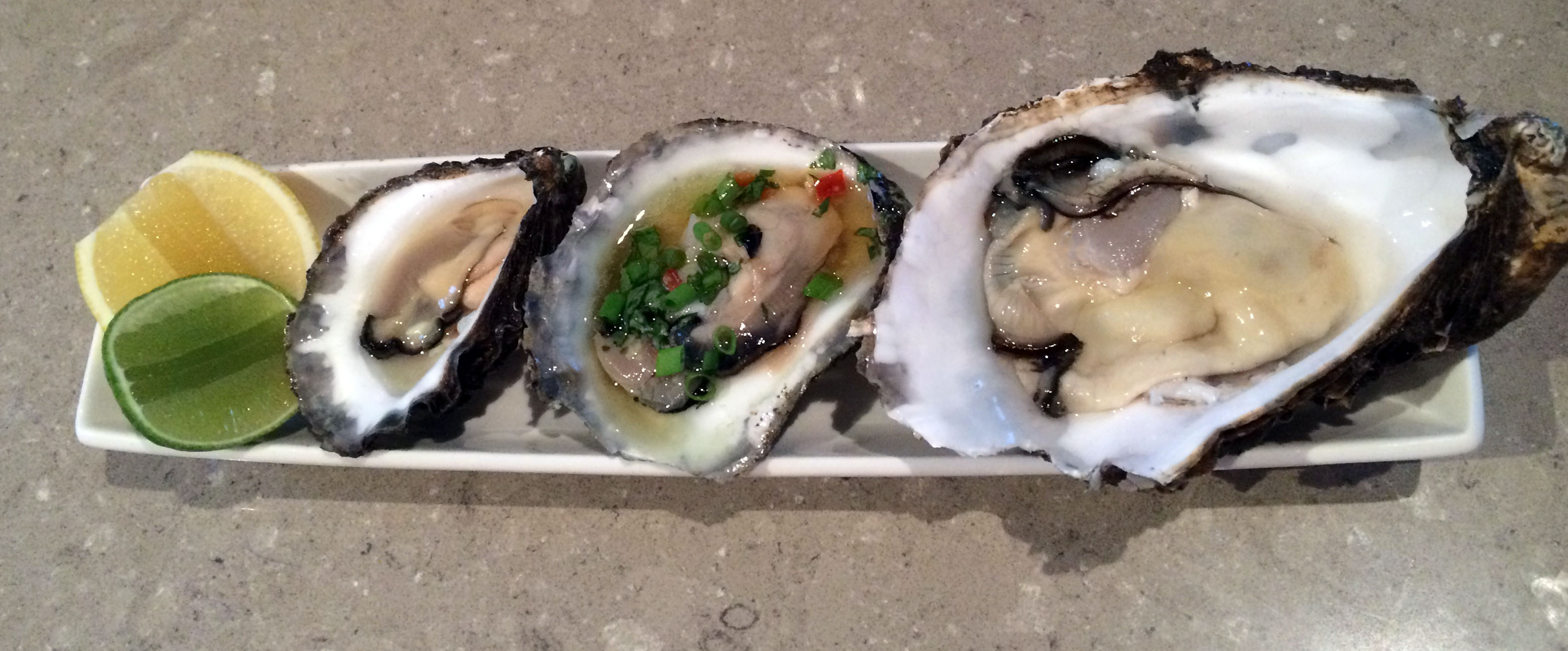
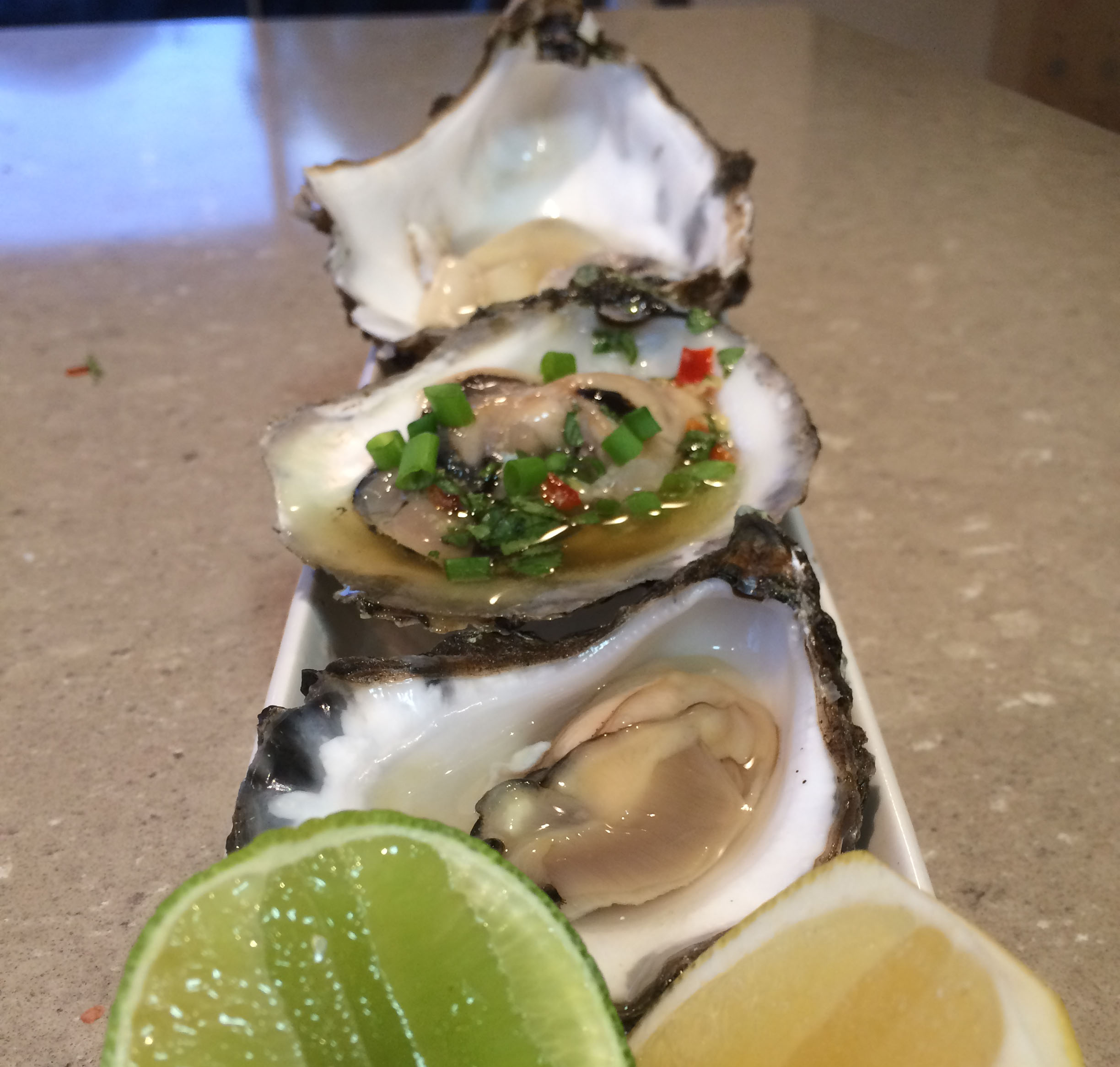
 2 green zucchinis (courgettes)
2 green zucchinis (courgettes)